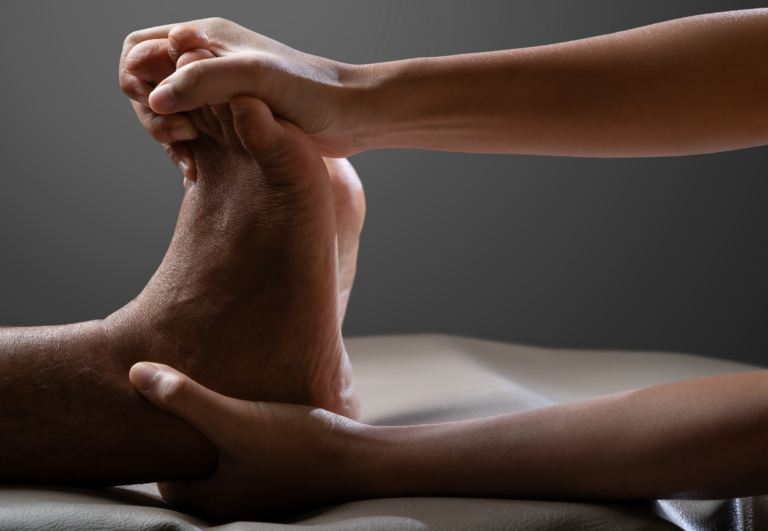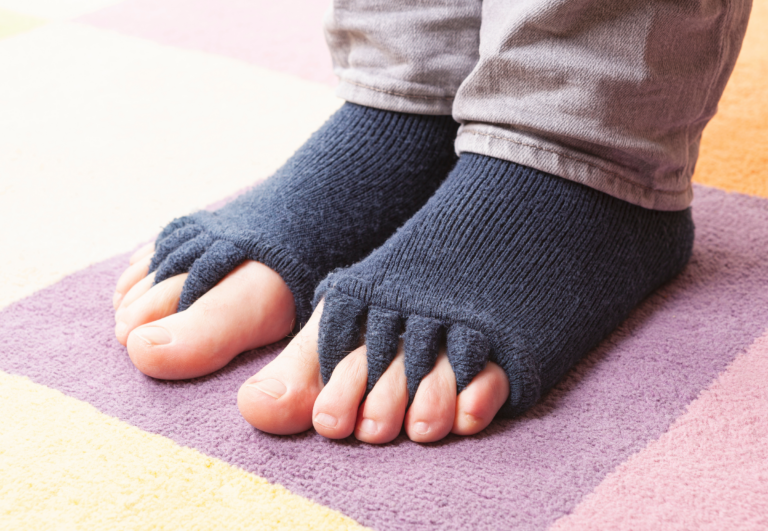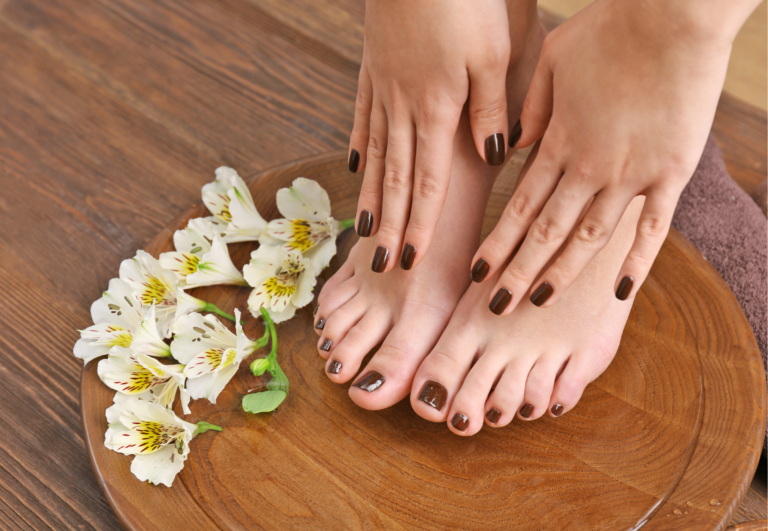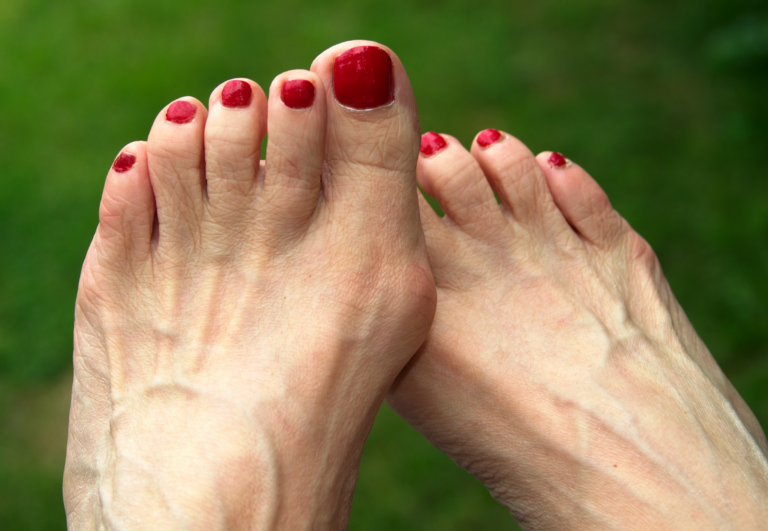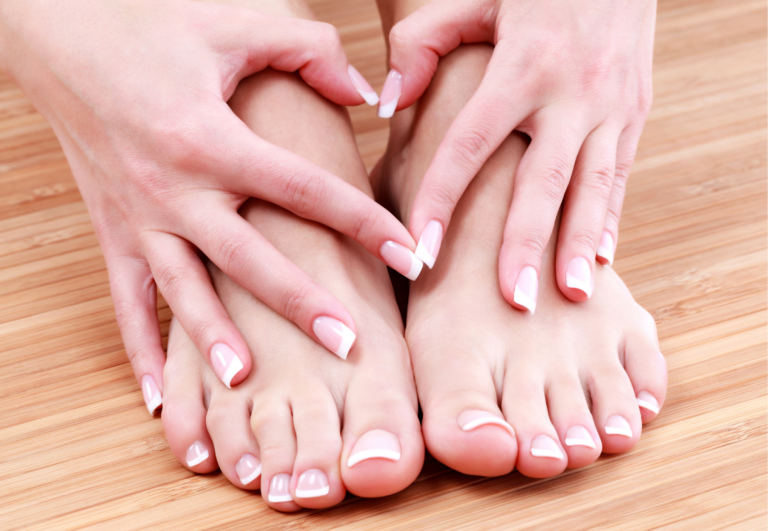Using Toe Spacers with Compression Socks: A Practical Guide to Combined Foot Care
Wearing toe spacers can bring numerous benefits, such as improved toe alignment and relief from foot pain. As someone who frequently uses toe spacers, I understand that achieving the right balance between comfort and effectiveness is crucial. The question of using toe spacers along with compression socks is common, especially among those looking to enhance their foot health routine without sacrificing the benefits of either product.
Compression socks are designed to promote better blood flow and reduce swelling, making them a favorite among athletes and individuals with certain medical conditions. The notion of combining these with toe spacers might raise concerns about comfort and fit. However, from my experience, it’s entirely possible to wear toe spacers beneath compression socks, as long as you choose products that are compatible with each other.
To ensure comfort and avoid compromising the benefits of each, it’s essential to select a toe spacer made from materials like silicone, which conforms well to the foot while maintaining its shape. Pairing these with well-fitted compression socks can provide both the toe separation needed and the compression advantages, such as reduced foot fatigue and improved circulation. It’s about finding the right products that work in harmony with one another.
Using Toe Spacers with Compression Socks
Using toe spacers in conjunction with compression socks can be a beneficial combination for foot health.
Here’s what you need to know:
- Compatibility: Ensure that the toe spacers you choose can fit comfortably within your compression socks. Some toe spacers are designed to be slim enough to be worn with socks, but it’s important to confirm this before attempting to wear both.
- Toe Sock Option: Consider using toe socks, which are socks with individual compartments for each toe. These can often accommodate toe spacers more easily and reinforce the benefits of toe separation.
- Gradual Introduction: If you are new to either toe spacers or compression socks, introduce them to your routine gradually to allow your feet to adapt.
- Sizing: Make sure your compression socks are the correct size. If they are too tight, they may counteract the benefits of the toe spacers by compressing the toes back together. Conversely, if the socks are too loose, they may not provide the intended compression benefits.
- Benefits Synergy: Toe spacers can help align your toes and improve balance, while compression socks can improve circulation and reduce swelling. Using both may provide a synergistic effect for foot health and comfort.
- Consult a Professional: If you have specific foot conditions or health concerns, consult a healthcare professional or a foot specialist to ensure that using toe spacers with compression socks is appropriate for your situation.
When combining toe spacers and compression socks, it’s key to consider material compatibility and the right application method to avoid discomfort and ensure they serve their intended purpose.
Material and Design Considerations
Toe spacers are generally available in a variety of materials, including silicone, foam, and gel. These materials are chosen for their flexibility and ability to conform to the shape between toes. When it comes to compression socks, the focus is on elasticity and providing a level of pressure to the foot and calf. It’s essential that the toe spacers are slim and flexible enough not to disrupt the compression sock’s fit or create unwanted seams that could cause discomfort.
Toe Spacer Materials:
- Silicone: Durable and often hypoallergenic
- Foam: Soft and may compress over time
- Gel: Flexible with a cushion-like feel
Compression Sock Materials:
- Nylon: Provides strength and elasticity
- Spandex: Offers excellent stretch and fit
- Cotton: Adds breathability
Proper Fitting and Application
To wear toe spacers effectively with compression socks, proper fitting is paramount. The toe spacers should sit comfortably between the toes without exerting additional pressure. Some spacers are designed to be worn with footwear, and those can typically be paired with compression socks without issue. Ensure there is no bunching of material and that the toe spacers fit snuggly but not tightly to avoid impairing circulation.
- Select the correct size of the toe spacer to match your foot for a snug fit.
- Apply toe spacers gently between toes before putting on compression socks.
- Smooth out any wrinkles in the compression socks to prevent uncomfortable pressure points.
Addressing Specific Foot Ailments
In managing foot health, utilizing toe separators can be a proactive step in addressing conditions such as hammertoe, calluses, and ingrown toenails. This approach can help in reducing pain and overcoming physical discomfort caused by footwear or rigorous activities that place stress on the feet.
Managing Common Foot Conditions
Hammertoe: A deformity often resulting from shoe pressure, I have found toe separators to be useful in realigning the bent toes, reducing friction, and thus mitigating the discomfort.
- Calluses and Corns: These layers of thickened skin from repeated friction can be prevented by correcting toe alignment and reducing the pressure on certain parts of the foot.
Ingrown Toenails: It’s been my experience that toe spacers, when used appropriately, help in keeping the toes apart to prevent the nail from growing into the surrounding skin.
Advice from Podiatry Experts
While I’m not a medical professional, advice from podiatrists has shaped my understanding of foot health prevention strategies. Engaging with these experts has emphasized the importance of toe separators in a comprehensive foot care regimen.
Podiatrists Recommend:
- Regular use of toe separators to prevent and alleviate overlapping toes.
- Consultation with a foot surgeon for severe cases where conservative measures fail.
Foot Health Enhancement:
- A targeted approach to reduce friction and alleviate excessive pressure on the feet.
- Complementing toe spacer usage with proper footwear to augment foot health benefits.
Using toe separators in conjunction with compression socks may require additional considerations such as the level of compression and the individual’s specific foot conditions. It’s crucial to prioritize comfort and consult with a foot health specialist if unsure.
Exercise and Stretching for Optimal Foot Care
Integrating regular foot exercises and stretches into your routine is crucial for enhancing flexibility and building the strength of foot muscles, ligaments, and tendons. This leads to better stability and mobility while diminishing the chances of injury.
Recommended Foot Stretches
Toe Extension:
- Sit with your legs extended straight.
- Wrap a towel over your toes and gently pull towards you until you feel a stretch.
- Hold for 15-30 seconds, repeat 2-3 times for each foot.
Plantar Fascia Stretch:
- While seated, cross one leg over the other.
- Take the opposite hand and gently pull the toes back.
- Feel the stretch along the arch and hold for 15-30 seconds.
- Repeat 2-3 times on each foot.
Strength and Mobility Exercises
- Sit with feet flat on the floor.
- Spread your toes apart as far as possible without causing pain.
- Hold the position for 5 seconds and release.
- Repeat 10 times for improved toe mobility.
Foot Domes:
- Stand or sit with feet flat on the ground.
- Tighten the muscles on the sole of your foot to create a dome shape by lifting the arch while keeping toes flat.
- Hold for 10 seconds and release slowly.
- Complete 2-3 sets of 12 repetitions to increase foot strength and stability.
By performing these exercises and stretches consistently, you’ll work towards maintaining healthy foot function, which is essential when using toe spacers with compression socks.
Potential Benefits of Using Toe Spacers
Toe spacers are a tool I recommend for maintaining foot health and alignment, offering significant gains in terms of pain relief and recovery. These simple devices can be a game-changer for anyone looking to improve their foot structure and reduce discomfort.

Foot Health and Toe Alignment
Toe spacers promote proper toe alignment, which is essential for overall foot health.
By positioning the toes in a more natural spread, they help counterbalance the effects of tight shoes, which often compress the toes and can lead to conditions like bunions, hammertoes, and flat feet. Proper toe spacing also contributes to increased foot strength and better balance, as the toes are the foundation your body relies on for stable movement.
- Key Benefits for Toe Alignment:
- Encourages a natural toe spread.
- Reduces the progression of deformities like bunions and hammertoes.
- Supports the development of a stronger foot structure.
- Aids in improving balance.
Pain Relief and Recovery
My experiences with toe spacers have shown that they can offer immediate pain relief by alleviating pressure points and promoting better circulation within the foot.
For those suffering from foot pain, including discomfort from plantar fasciitis, toe spacers can assist in the recovery process by allowing the foot muscles to stretch and relax. They may also help in preventing future foot problems by ensuring good toe alignment and reducing the risk of injuries from friction and pressure.
- Key Benefits for Pain Relief:
- Helps alleviate foot pain by reducing pressure on sore spots.
- Assists in recovery from foot conditions like plantar fasciitis.
- May prevent future foot issues by maintaining proper alignment.
Using toe spacers as a non-invasive approach to foot care can thus be a valuable part of anyone’s wellness routine, especially for those looking to enhance foot health without resorting to medical interventions.
Potential Benefits of Compression Socks

In my experience as a toe spacer expert, I’ve learned the importance of how compression socks work. They’re specially designed to apply pressure to your lower legs, enhancing blood circulation which is essential to maintain healthy leg function.
Enhancing Blood Flow
Compression socks apply graduated pressure to the legs, with the tightest compression at the ankles, which gradually decreases up the leg. This design is crucial as it helps to propel blood back towards the heart, overcoming gravity’s pull and potentially reducing swelling.
Uses in Medical Conditions
I’ve observed that individuals with various medical conditions find relief by using compression stockings. For instance, people with diabetes may use them to manage leg swelling. They also serve to help prevent blood clots in patients who are at risk for deep vein thrombosis (DVT) and other clot-related conditions, especially after surgery or when they are otherwise immobile.
